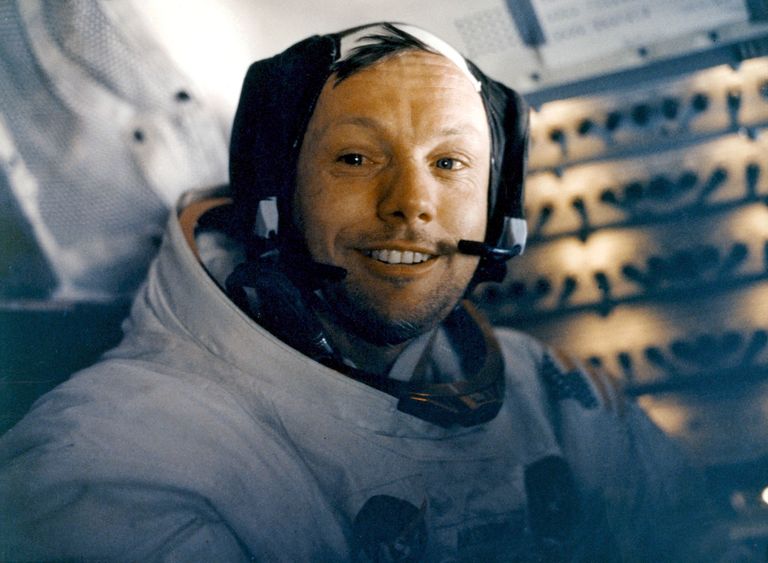Wild Facts About The Space Race That Prove Just How Fierce The Competition Really Was
It’s easy to forget that our planet is just a tiny part of a huge cosmos, one that we can likely never fully explore. But there was a period from the 1950s to the 1970s when countries — chiefly Cold War rivals the United States and the Soviet Union — were locked in a race to discover as much as possible. This ranged from launching satellites into space to landing on the Moon. Indeed, the Space Race was a unique and special time in history, when people were not only filled with patriotism for their country’s ambitions, but with hope for the future and curiosity for what existed in space. Here, then, are 30 lesser-known facts about that battle for interplanetary supremacy.
1. Clever Cosmists
You’d be forgiven for presuming the space race started in the 1950s or early 1960s. But in actual fact, the desire to explore space went back much further, as far as the 1800s with the Russian Cosmists. These were a group of people who contemplated the origin of the human species and the cosmos itself, and longed to explore and learn about it. This movement inspired the scientist Konstantin Tsiolkovsky to figure out that outer space could be reached via liquid-propellant rockets, and the need for space suits. Wow!
2. Sputnik 1 starting point
The Space Race was effectively ignited by the Soviet Union on October 4, 1957, when it launched Sputnik 1 into the outer cosmos. This came as a surprise to the United States, which viewed itself as the world’s main superpower and its chief science and technology trailblazer. The U.S. attempted to strike back on December 5, 1957, but its Vanguard 1A satellite embarrassingly went up in flames live on TV. In an early example of trolling, the Soviet Union sarcastically offered technical assistance that was earmarked for developing third world nations. Not surprisingly, the U.S. refused.
3. Victorious Vanguard 1
One of the early successes of the United States’ space program was the successful launch of Vanguard 1, the second yet first effective satellite launched that entered space on March 17, 1958. Its mission was described by NASA as being “to test the launch capabilities of a three-stage launch vehicle and the effects of the environment on a satellite and its systems in Earth orbit.” The satellite was battery then solar-powered. Although all communication with it was lost in May 1964, it remains in space today, the oldest man-made satellite still in orbit which should be the case right into the next century.
4. Laika’s launch
A mere 30 days after the launch of Sputnik 1, the Soviet Union fired its successor Sputnik 2 into space. But this time it wasn’t a satellite but a spacecraft, and one that was carrying a dog named Laika. This female stray was plucked off the streets of Moscow, and made history by becoming the first living organism to go into orbit, on November 3, 1957. Sadly, despite initial Soviet propaganda claiming she survived up in space for a week, we now know the heroic mongrel died a few hours after the launch from overheating.

